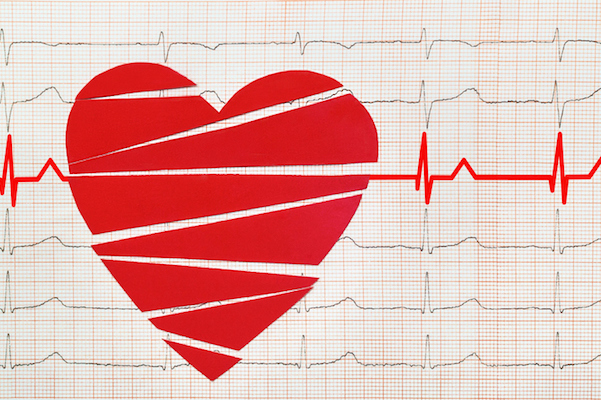
Ocular Manifestations of Diabetes
Any person who's been diagnosed with diabetes will confirm the need for an eye exam at least once a year.
Typically, I do my best to put out as much positive information as I can. But sometimes it’s important to look at the other side of the spectrum so we can position ourselves against negative situations. By now, we all know diabetes is a major disease not only in the United States, but all over the world. Chances are you know someone who’s been affected by the disease, or you may even be affected yourself. But considering everything we know today about diabetes, there’s no reason to lose hope because exercise and weight loss (among other things) have been shown to significantly reduce Type 2 diabetes. Just like with any other physical condition, an ounce of prevention is worth a pound of cure.
Educate yourself about diabetes:
The American Diabetes Association explains diabetes as, “a condition characterized by hyperglycemia resulting from the body’s inability to use blood glucose for energy.” The disease can show itself in two different types. Type 1 diabetes occurs when the body doesn’t produce enough insulin. Type 2 occurs when the body becomes resistant to the insulin it produces. Both types of diabetes can be hereditary, but Type 2 has a slightly higher risk of a genetic predisposition.
Overall symptoms of diabetes include:
- Extreme tiredness or bodily fatigue
- Frequent use of the bathroom
- Increased thirst and hunger
- Loss of weight (even though you may be consuming more food)
- Numbness of the hands and/or feet
- Cuts or bruises that heal slowly
Sugar Consumption is “The New Smoking” >>>
How diabetes affects the eyes:
Diabetes affects numerous organs in the body, including the eyes. Any person who’s been diagnosed with diabetes will confirm the need for an eye exam at least once a year. This is because the disease can damage fragile blood vessels in the eyes, which can lead to permanent vision loss if left undetected. People with diabetes are also forty percent more like to suffer from glaucoma and sixty percent more likely to suffer from cataracts. Regular eye exams can help to detect early changes in the eyes from diabetes. That said, your eye doctor is most likely your best ally in the battle to avoid vision loss.
Visual symptoms that may be a result of diabetes:
- Blurry vision
- Floaters (black or gray spots that move around)
- Flashes of light (similar to lightning flashes off to the side of the eye(s)
Signs in the eyes that are a result of diabetes:
- Hemorrhages seen in the back of the eye (retina)
- Retinal detachment
- Diabetic cataracts
Malignant or Benign – Advice for Dealing with Eye Floaters >>>
Live in Your OcularPrime:
Maintaining tight control over your blood sugar is the best way to prevent diabetic changes in the eyes. That said, it’s best to monitor blood sugar on a daily basis so you know when it’s too high or too low. Also, do your best to avoid high or low spikes in blood sugar whenever possible. Your primary care doctor or endocrinologist will give you the best advice regarding this matter. Moreover, working with a nutritionist to make ideal dietary choices must also be considered along with increased exercise and weight management. Lastly, be sure to continue follow-ups with your eye doctor as needed. When diabetic symptoms are well controlled, eye exams can be reduced to only once a year.
If changes are seen in the eye as a result of diabetes, a more detailed follow-up visit will be necessary. Also, if the disease progresses to a certain point, a retina specialist will most likely be needed to initiate treatments that can prevent permanent vision loss. As with anything, if you notice a sudden change in vision (or other new symptoms), you should always schedule an eye exam as soon as possible. Many ocular problems can be managed if diagnosed and treated in a timely manner.
Examining the Role of Today’s Optometrist >>>







